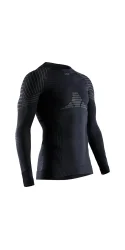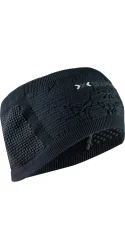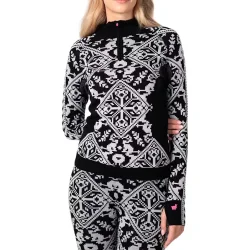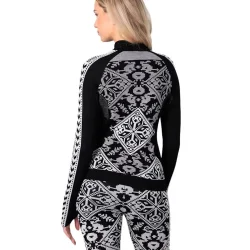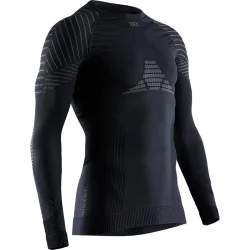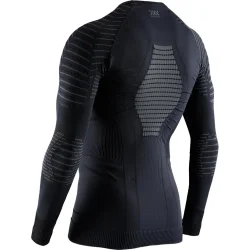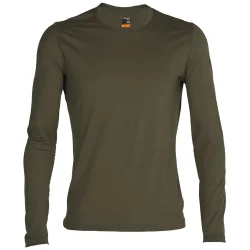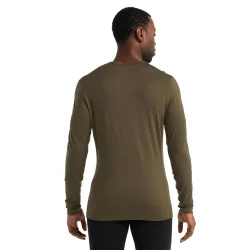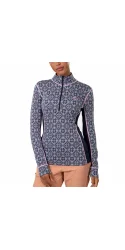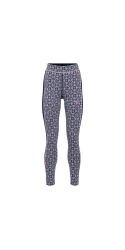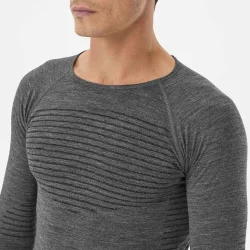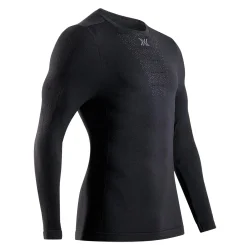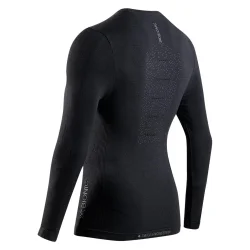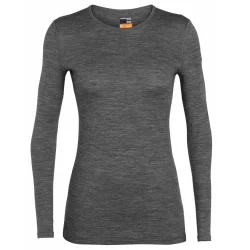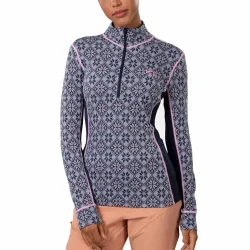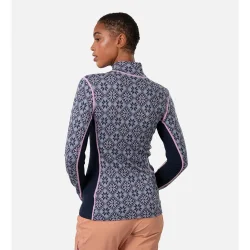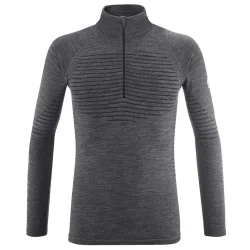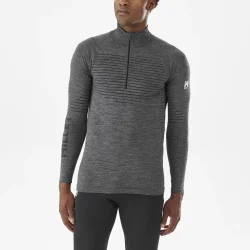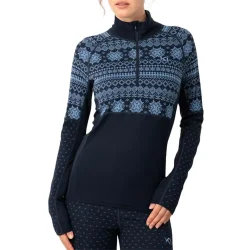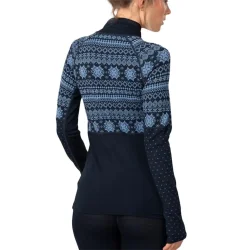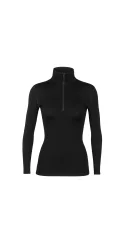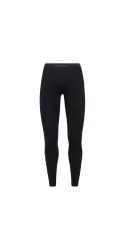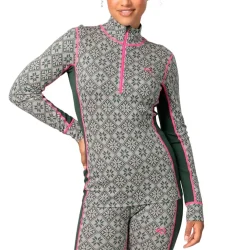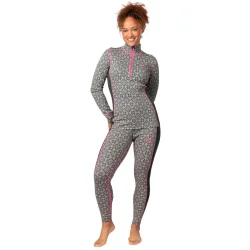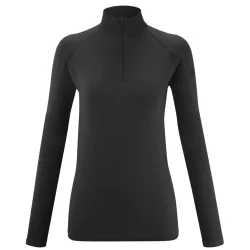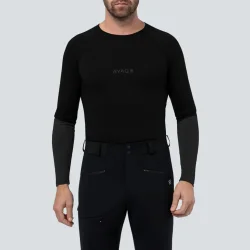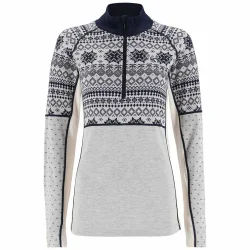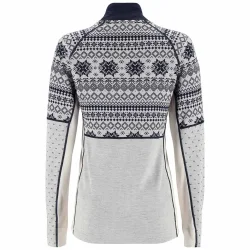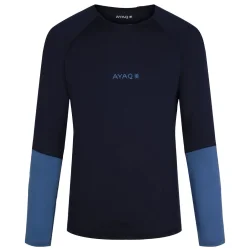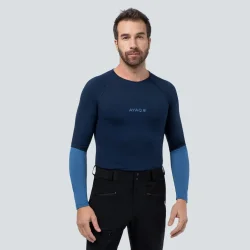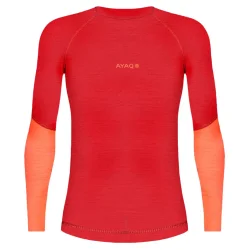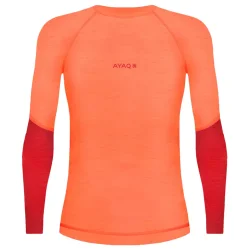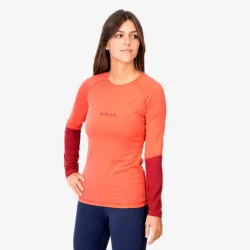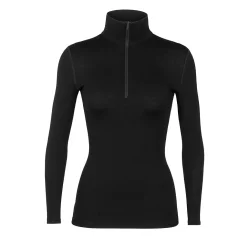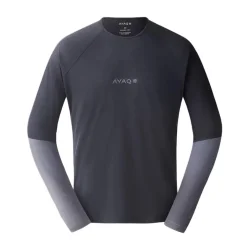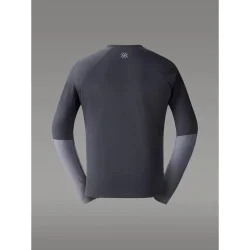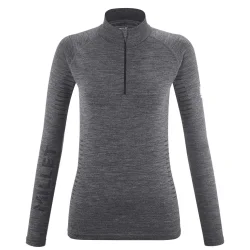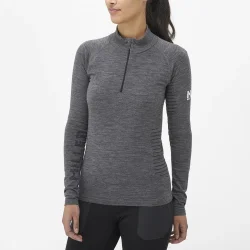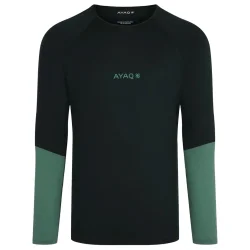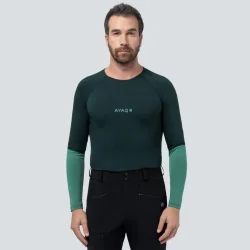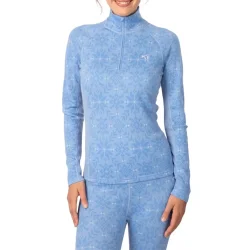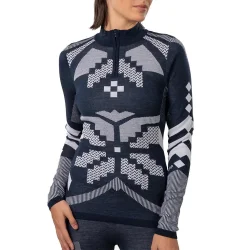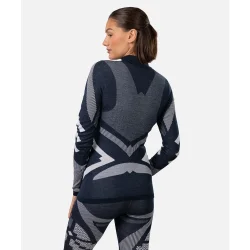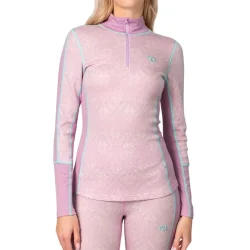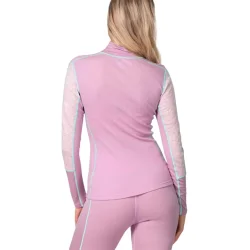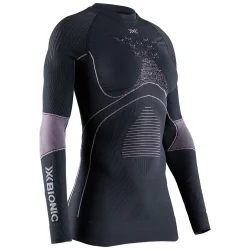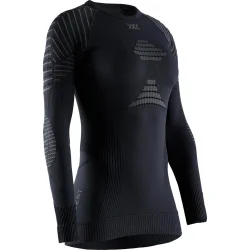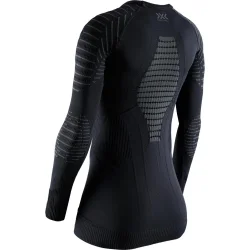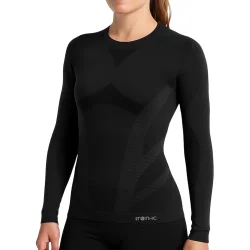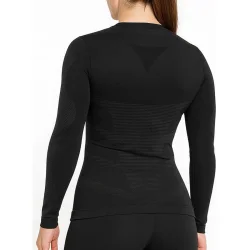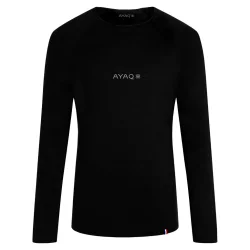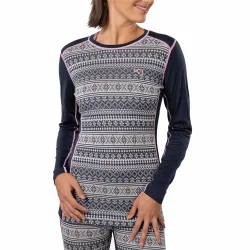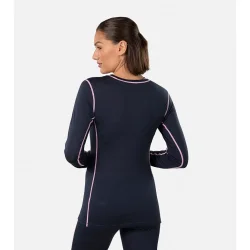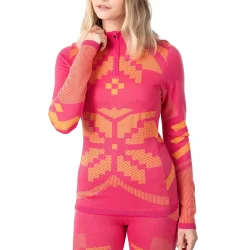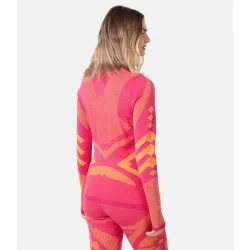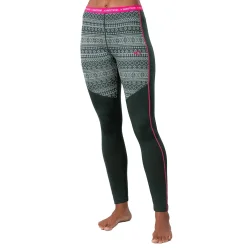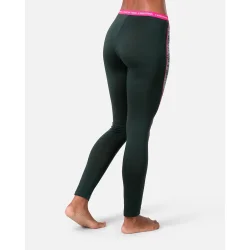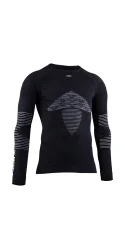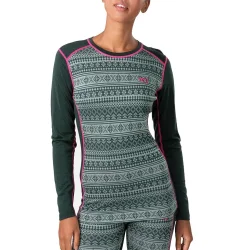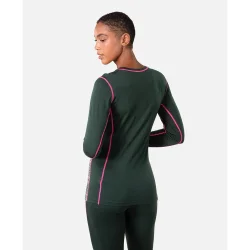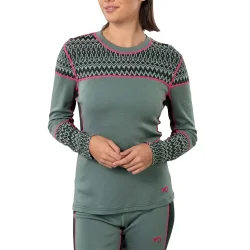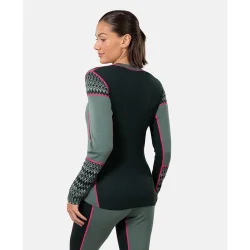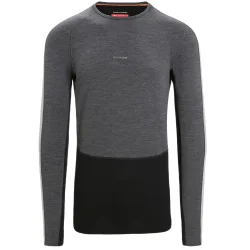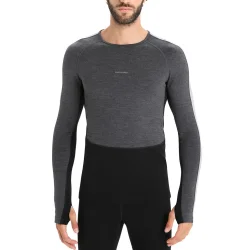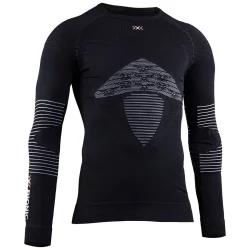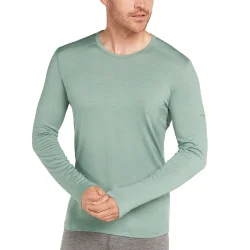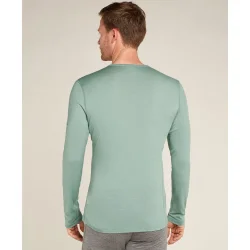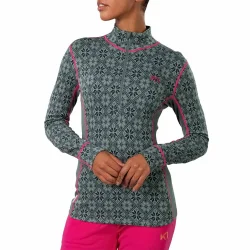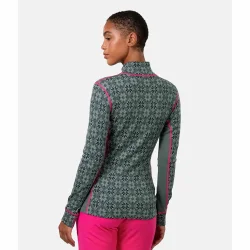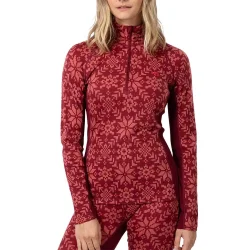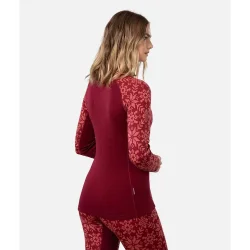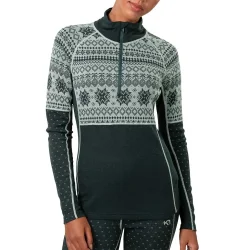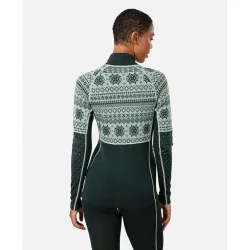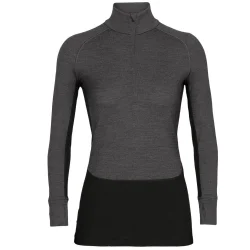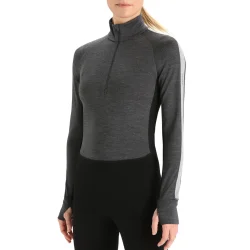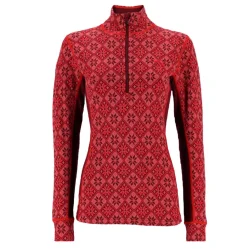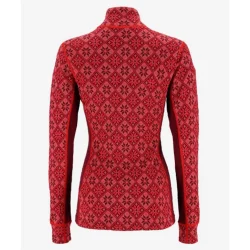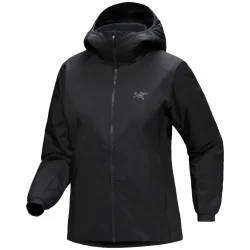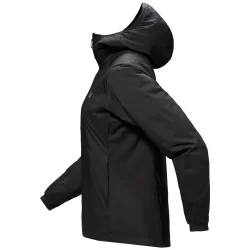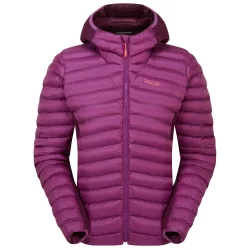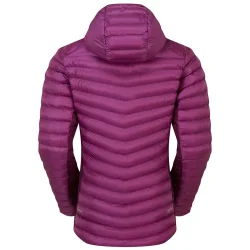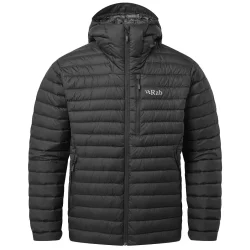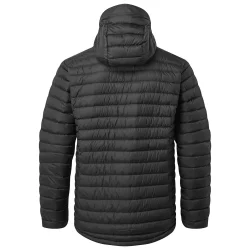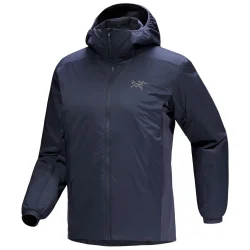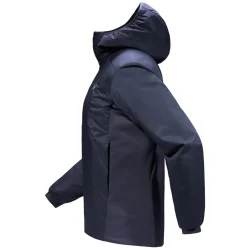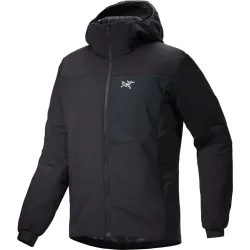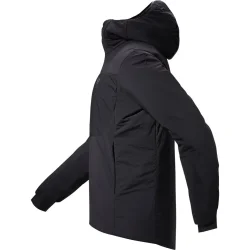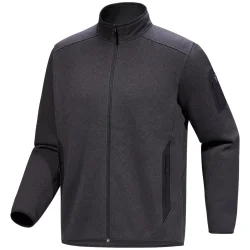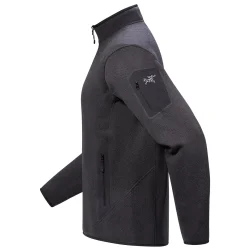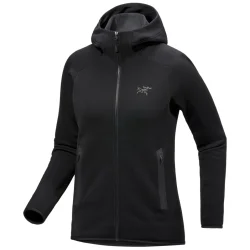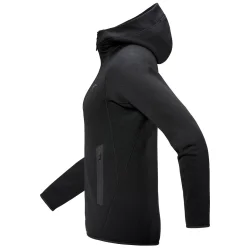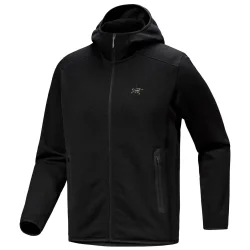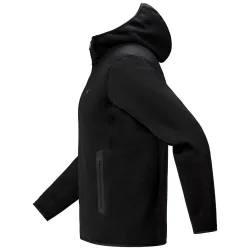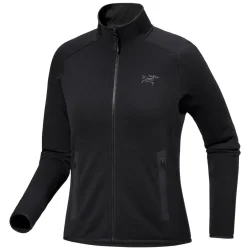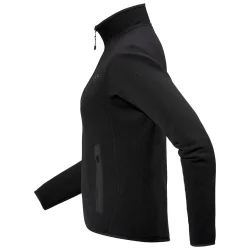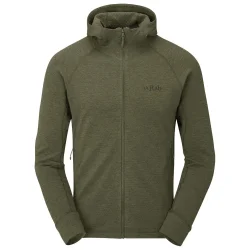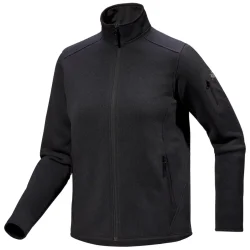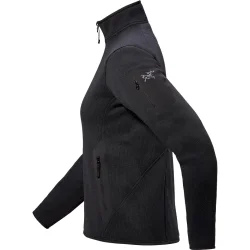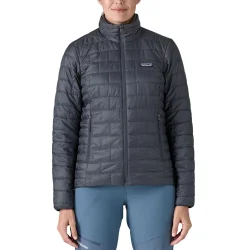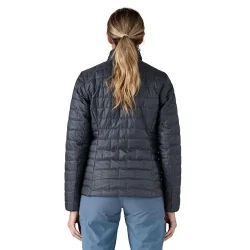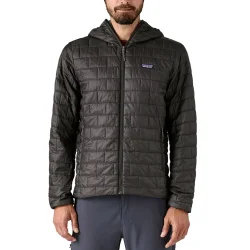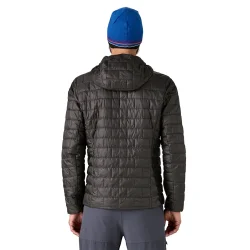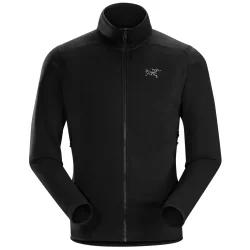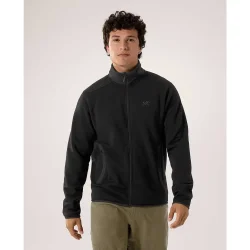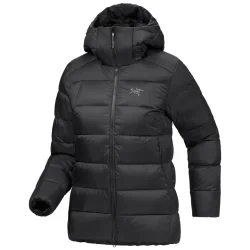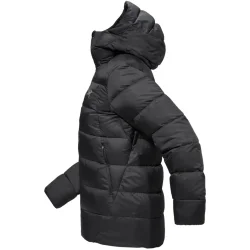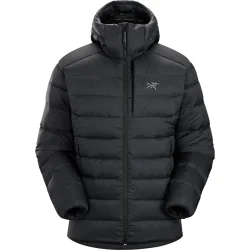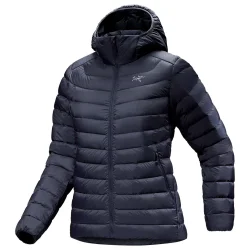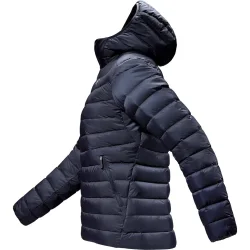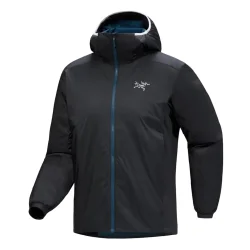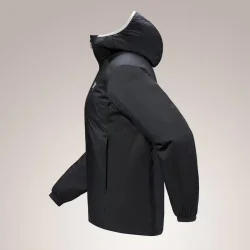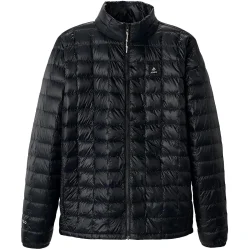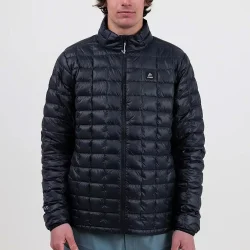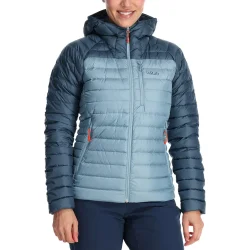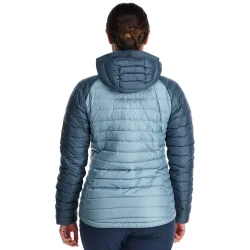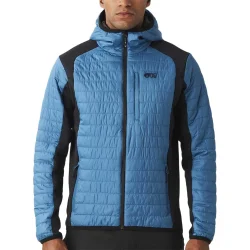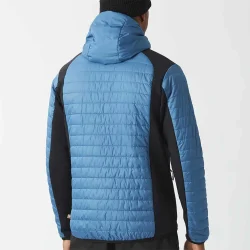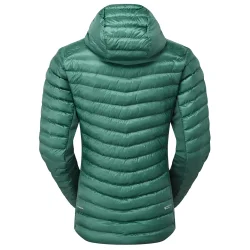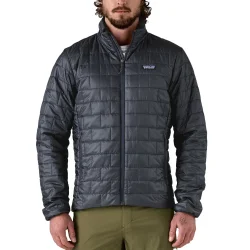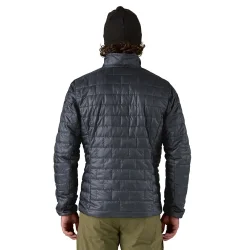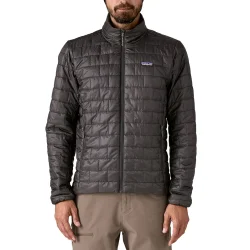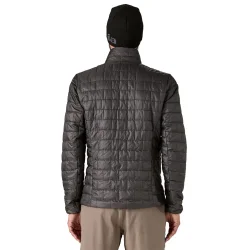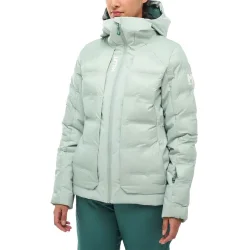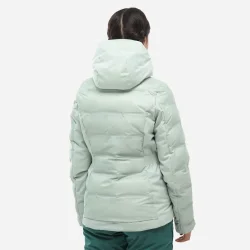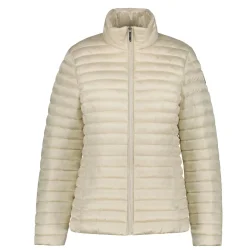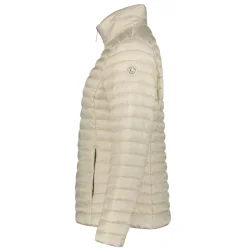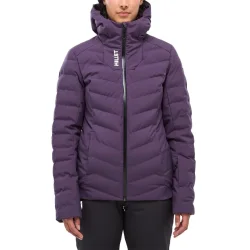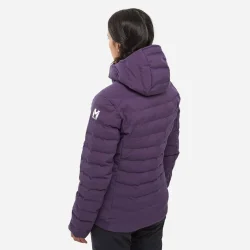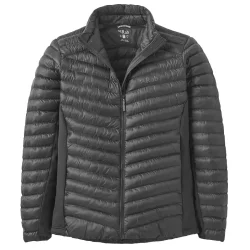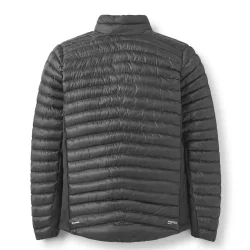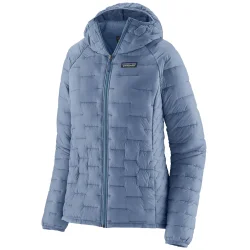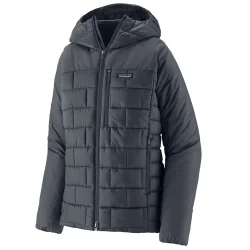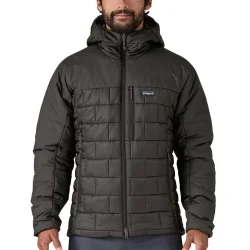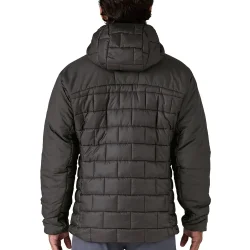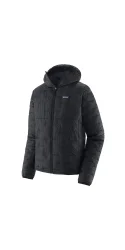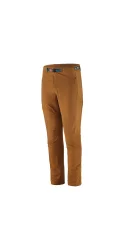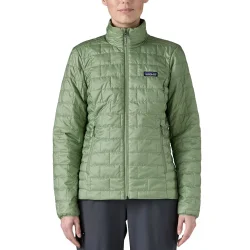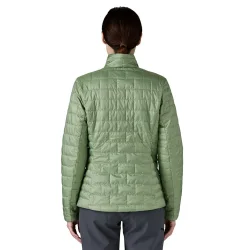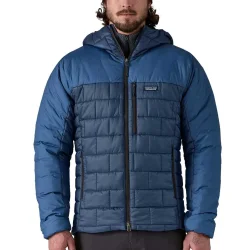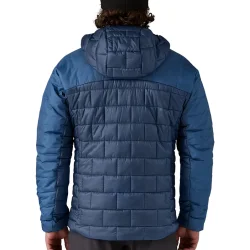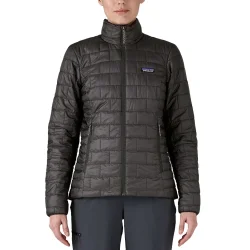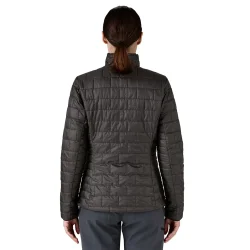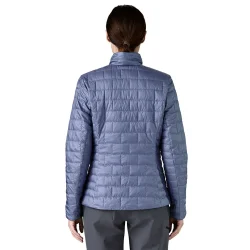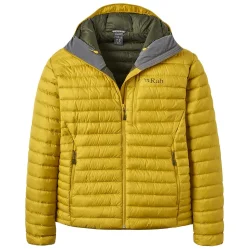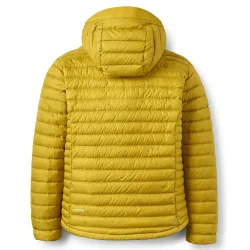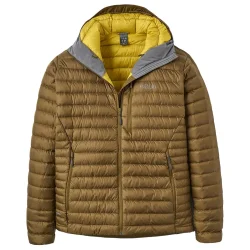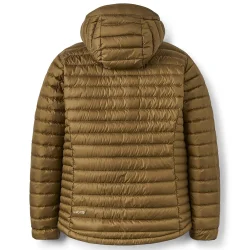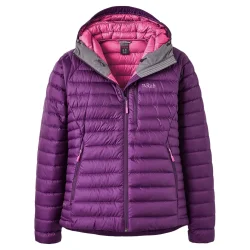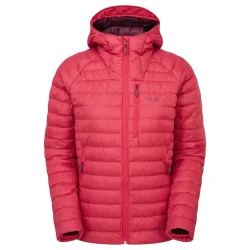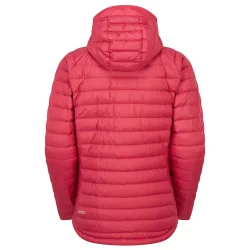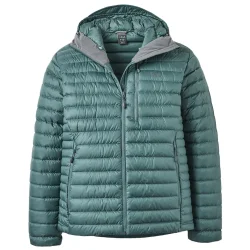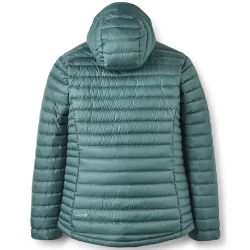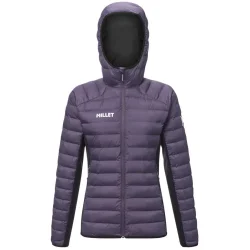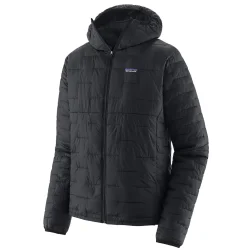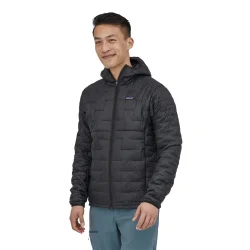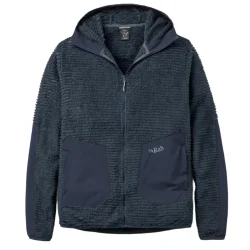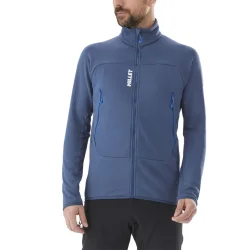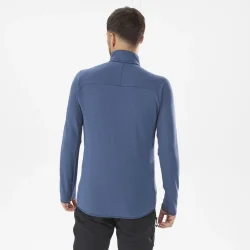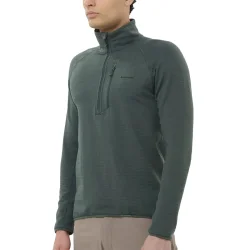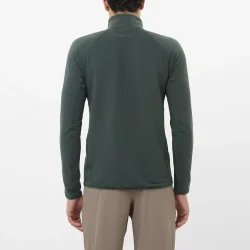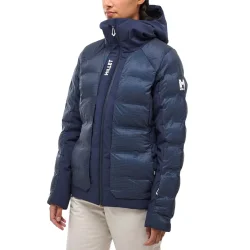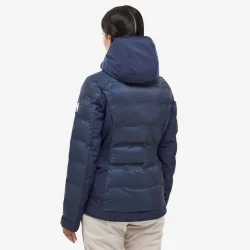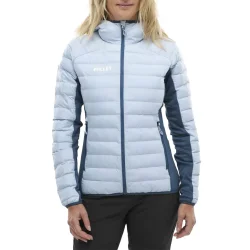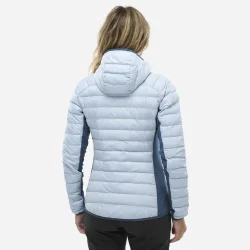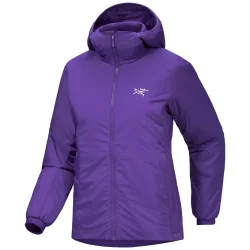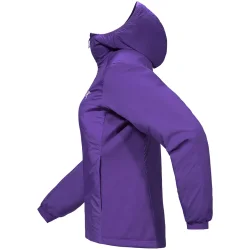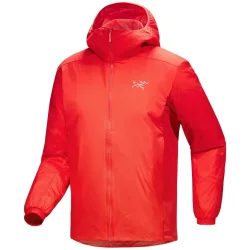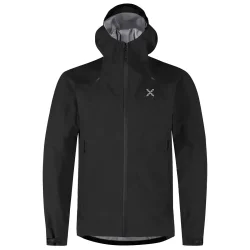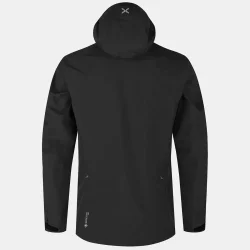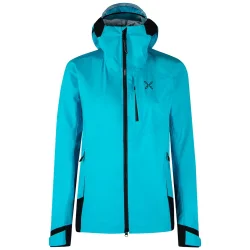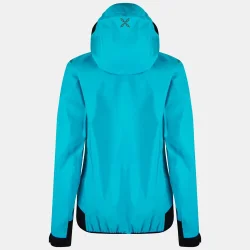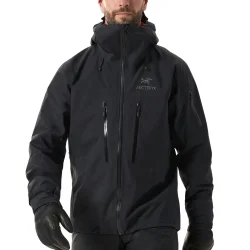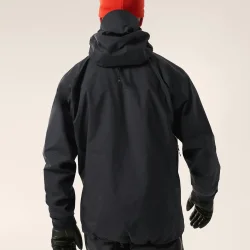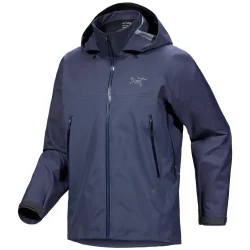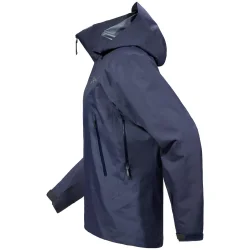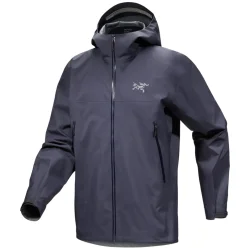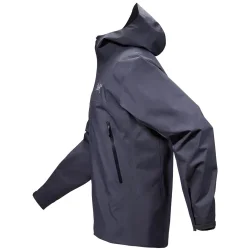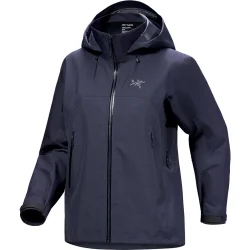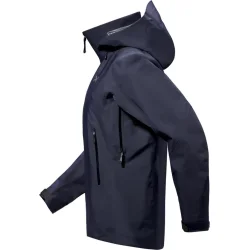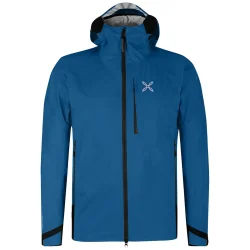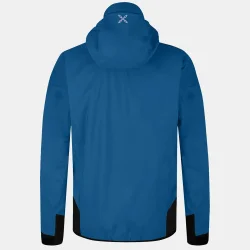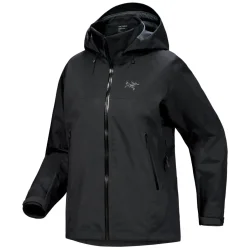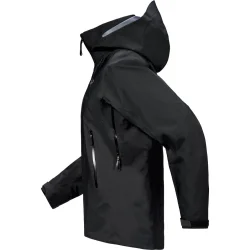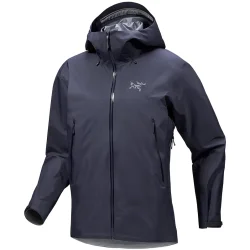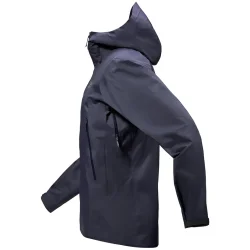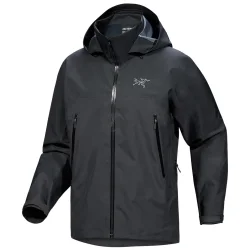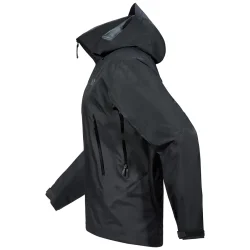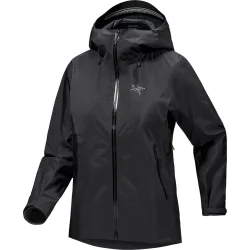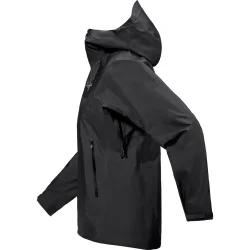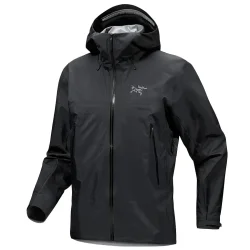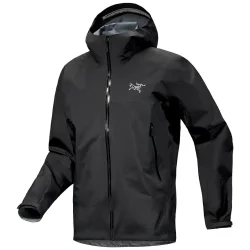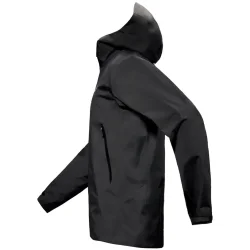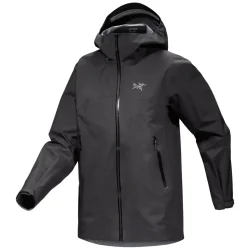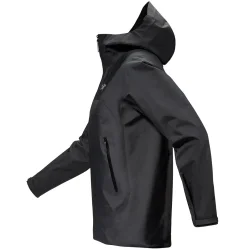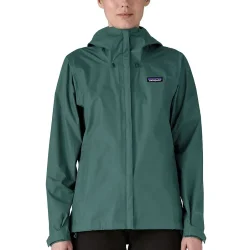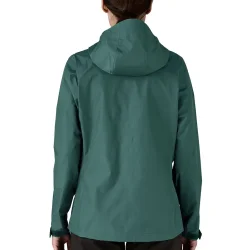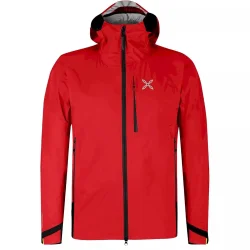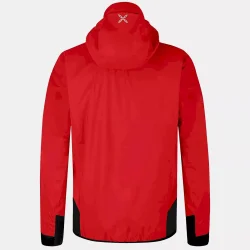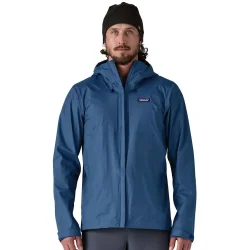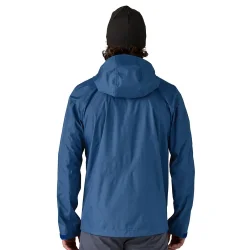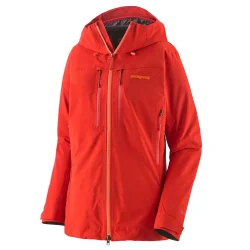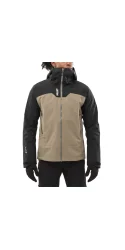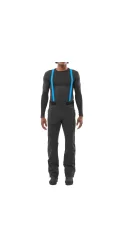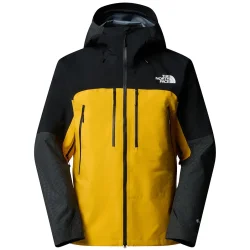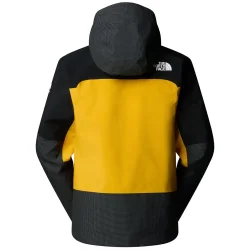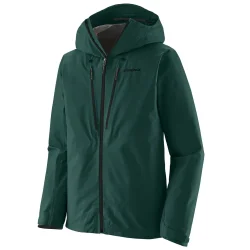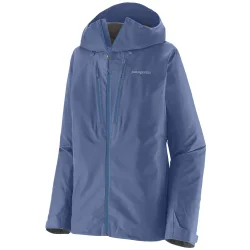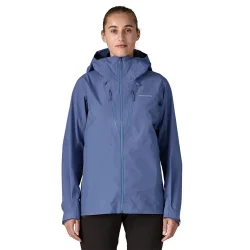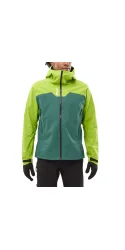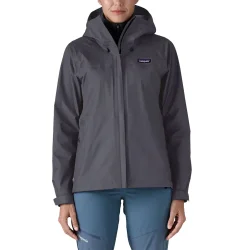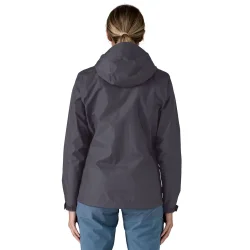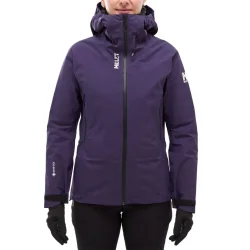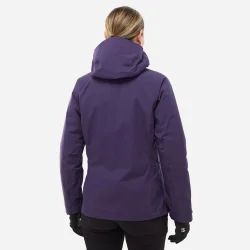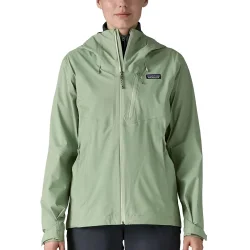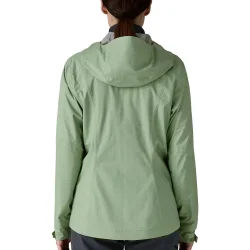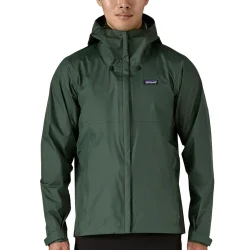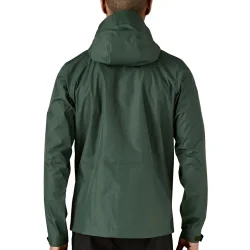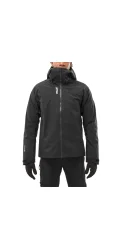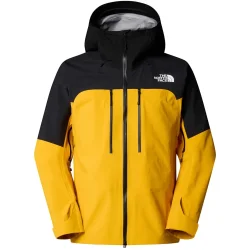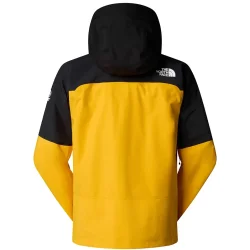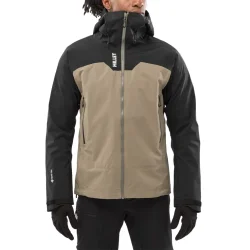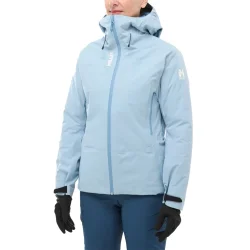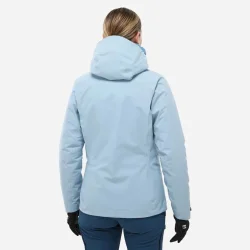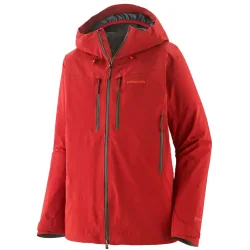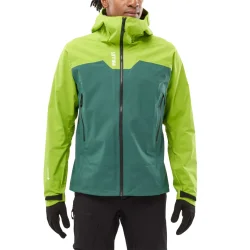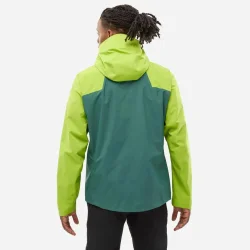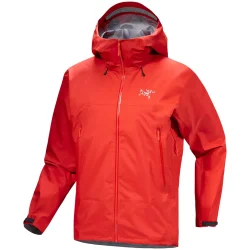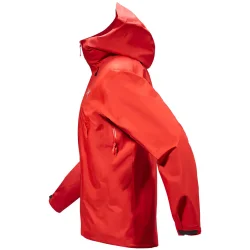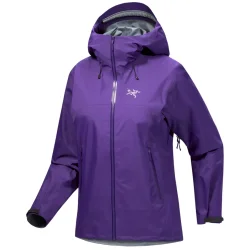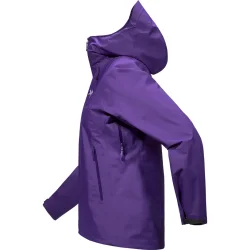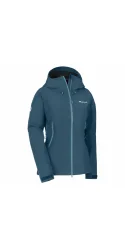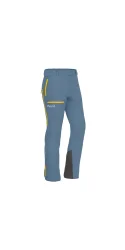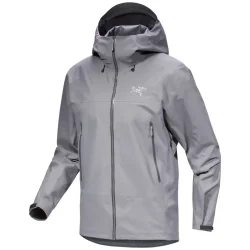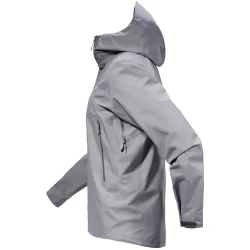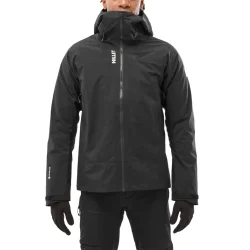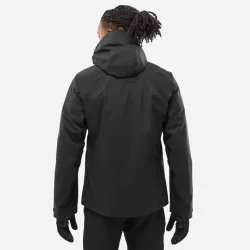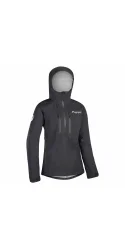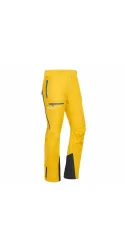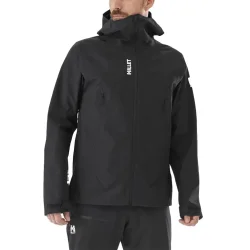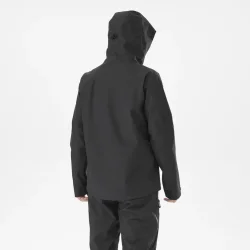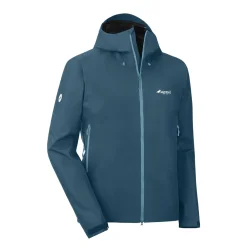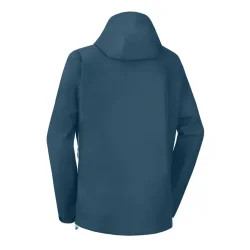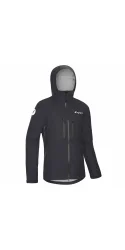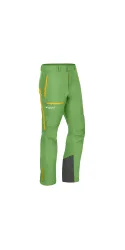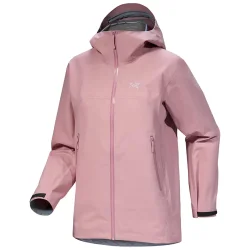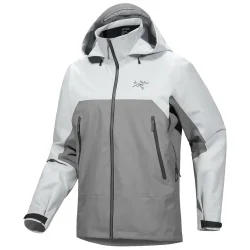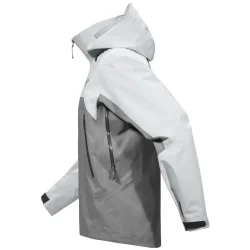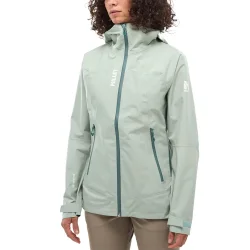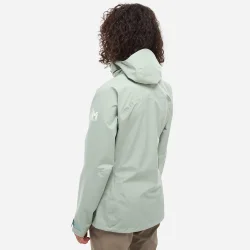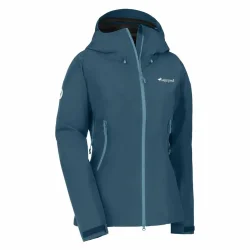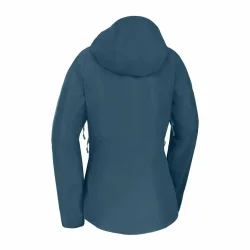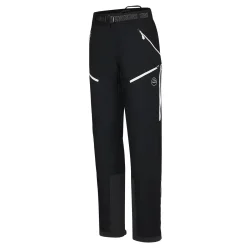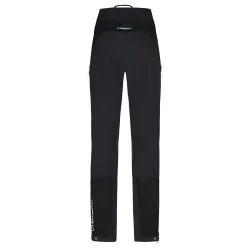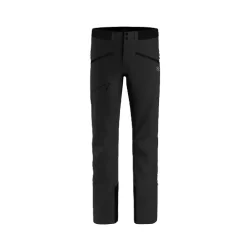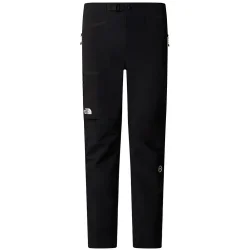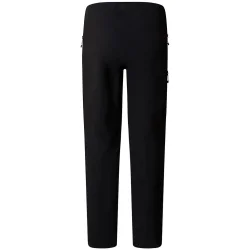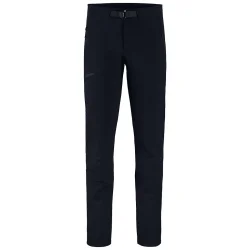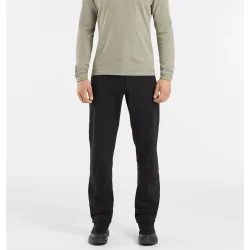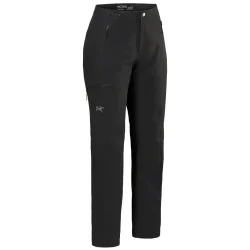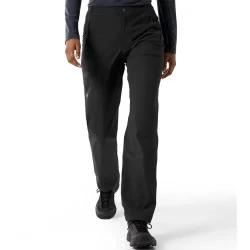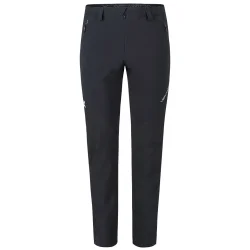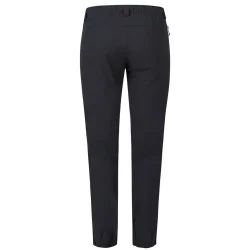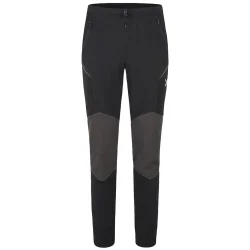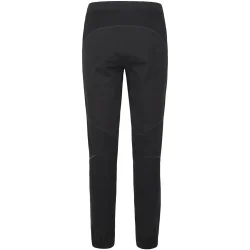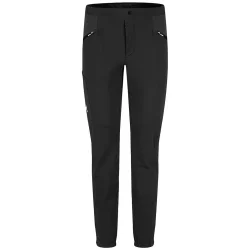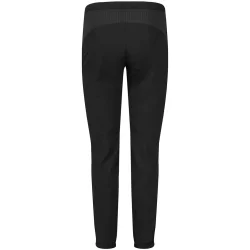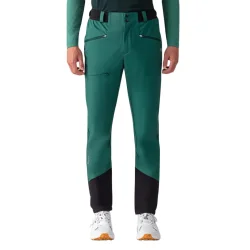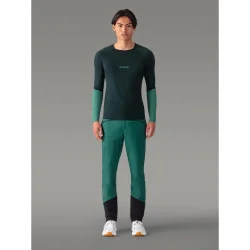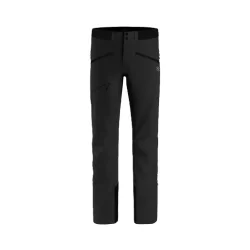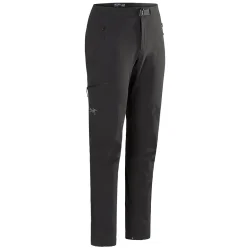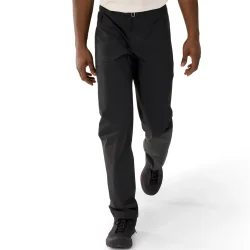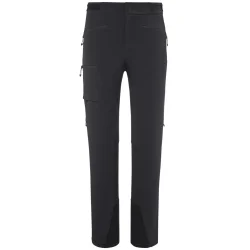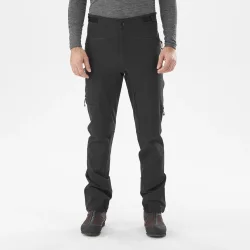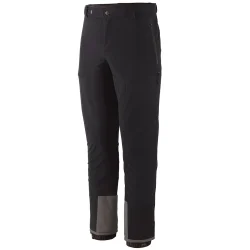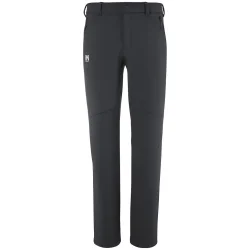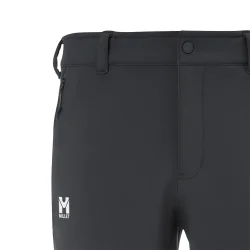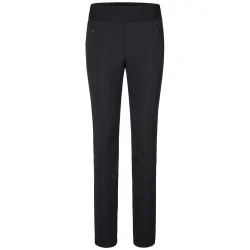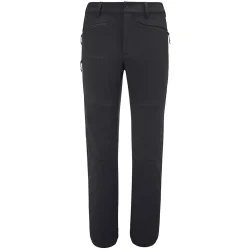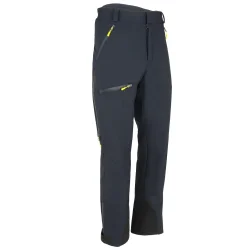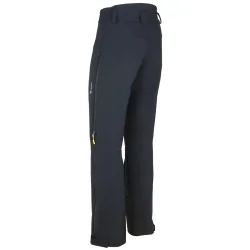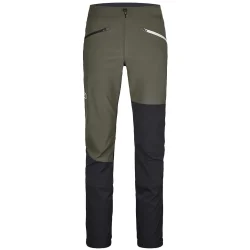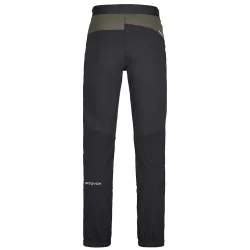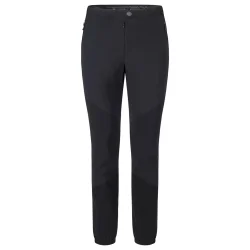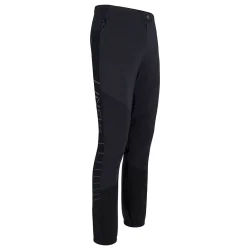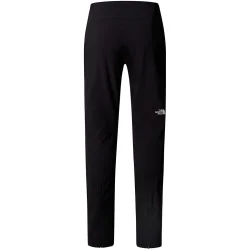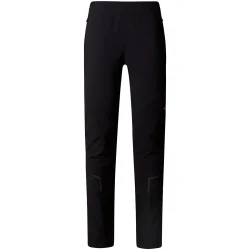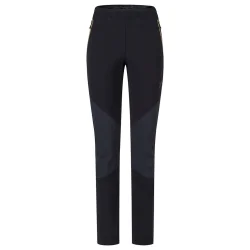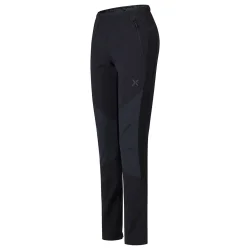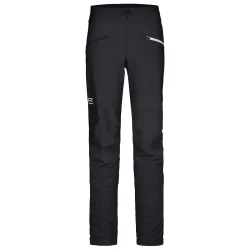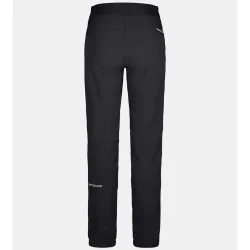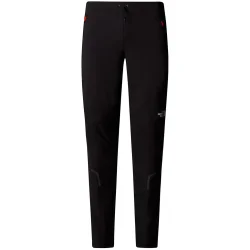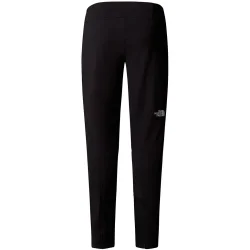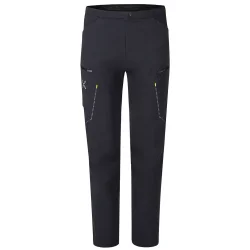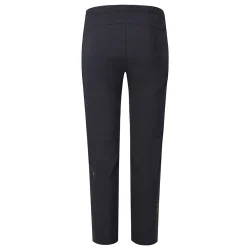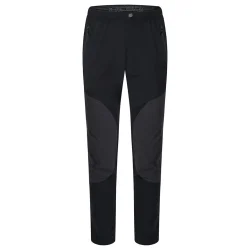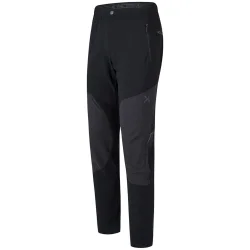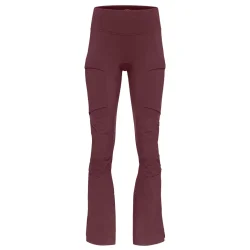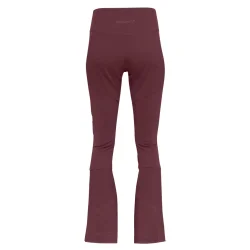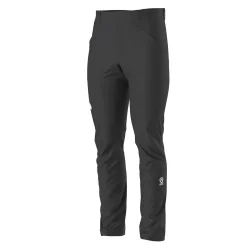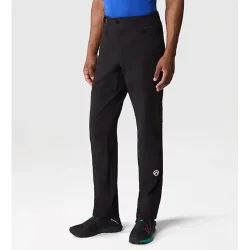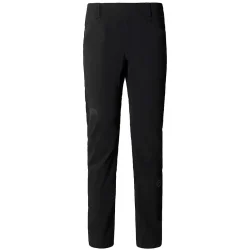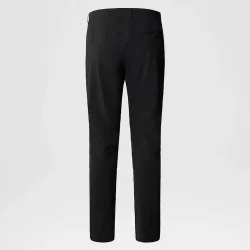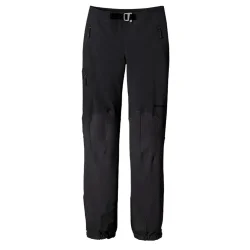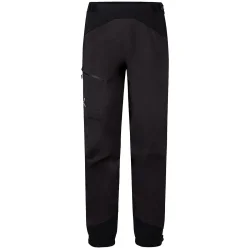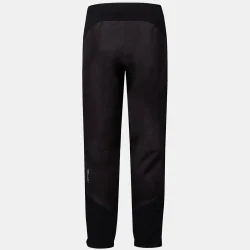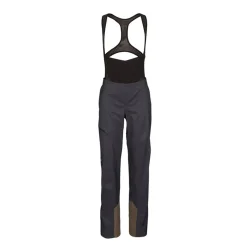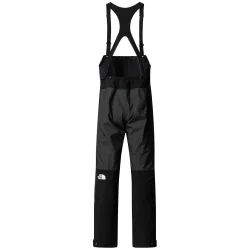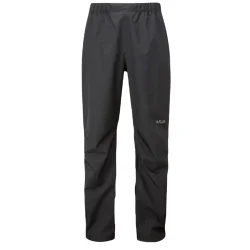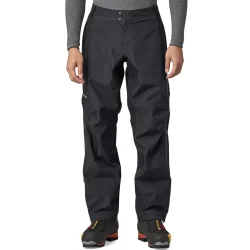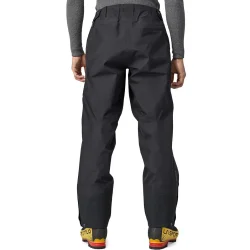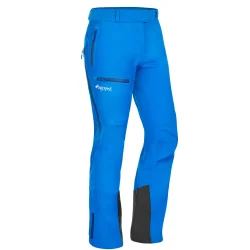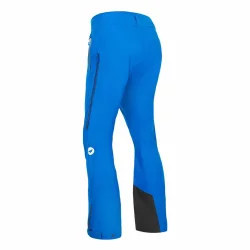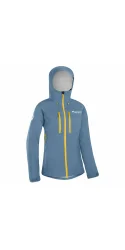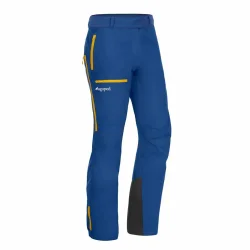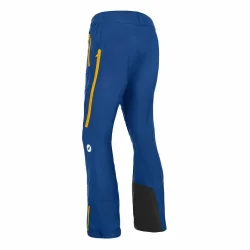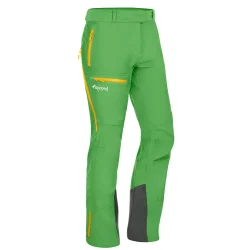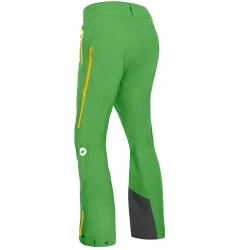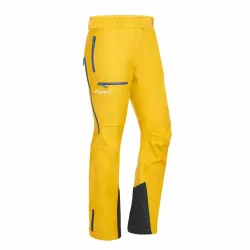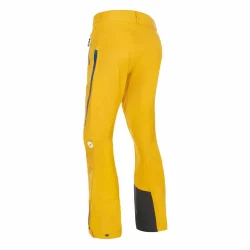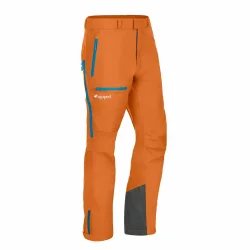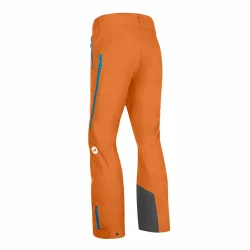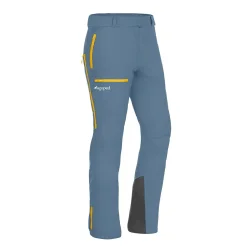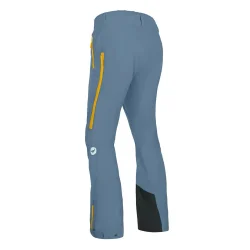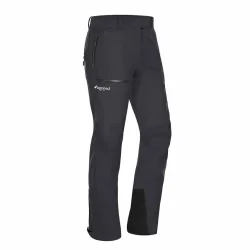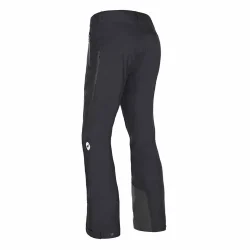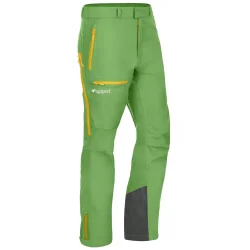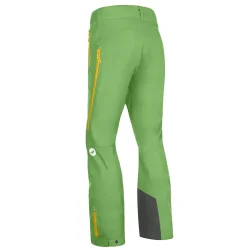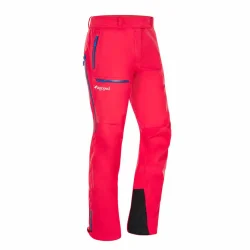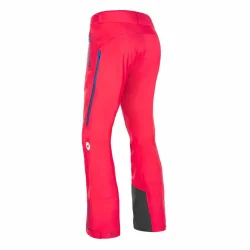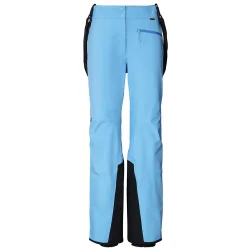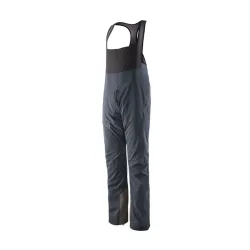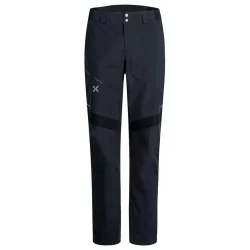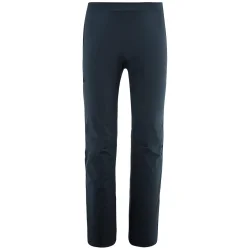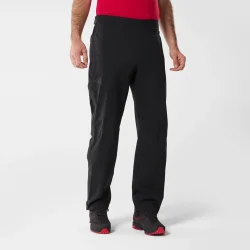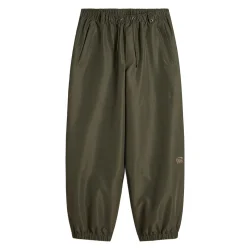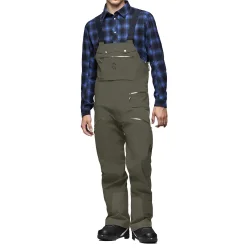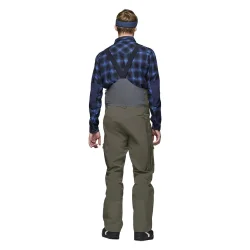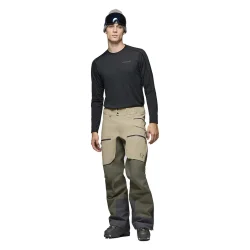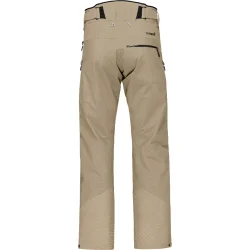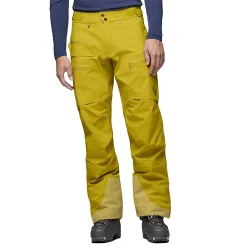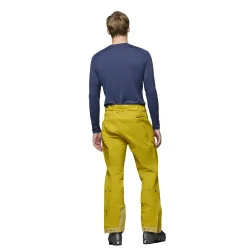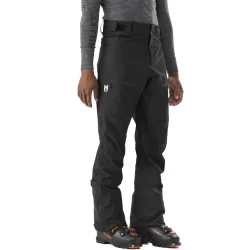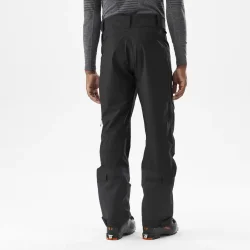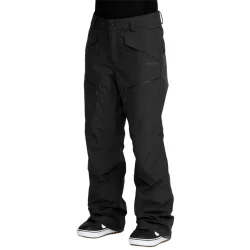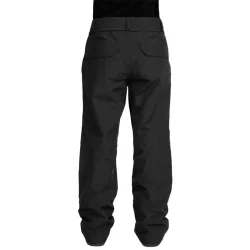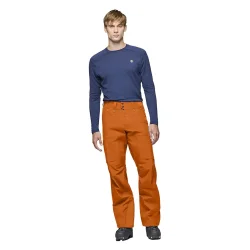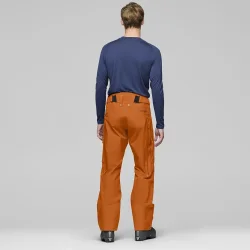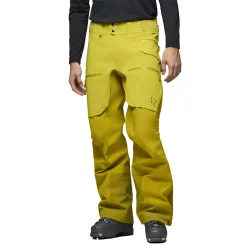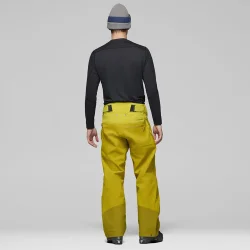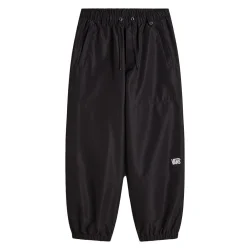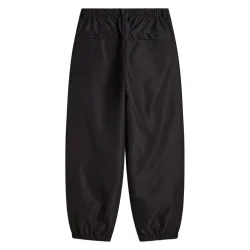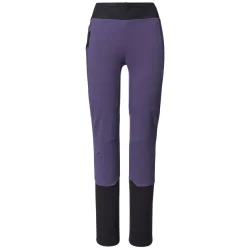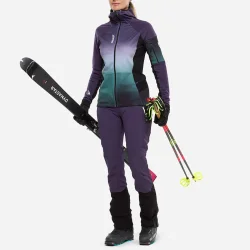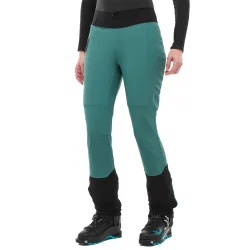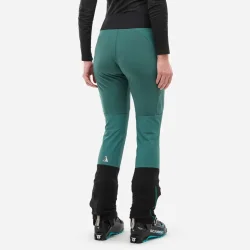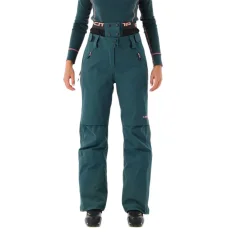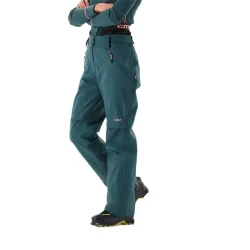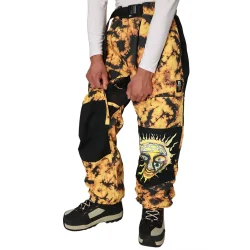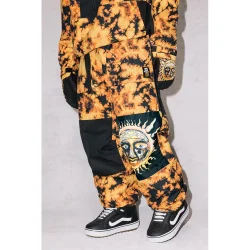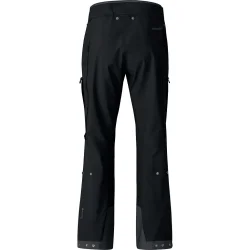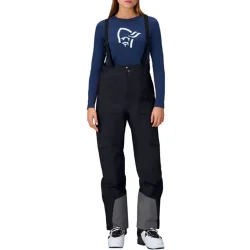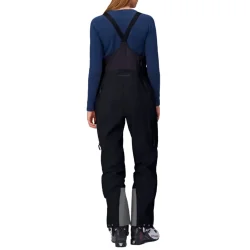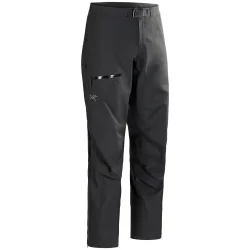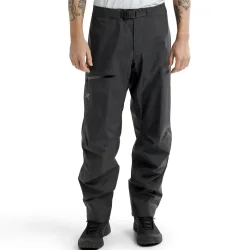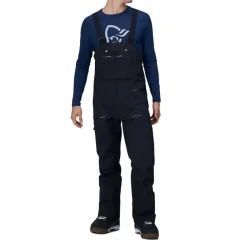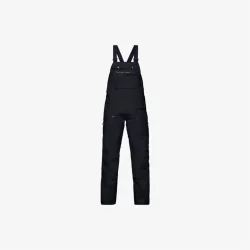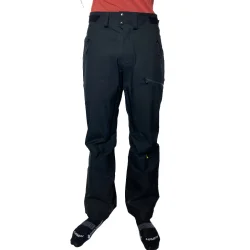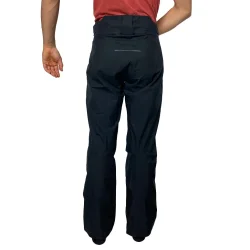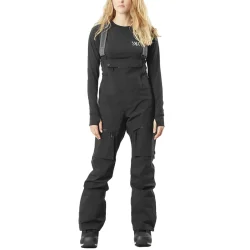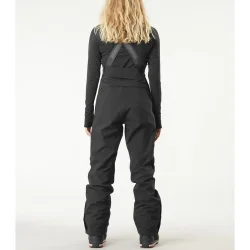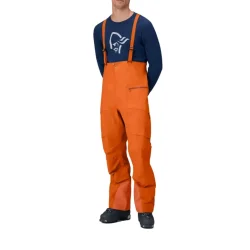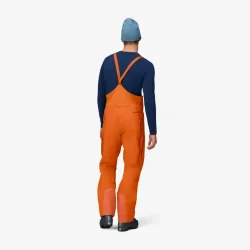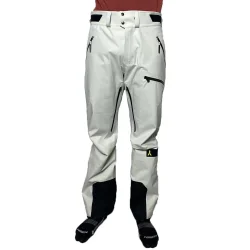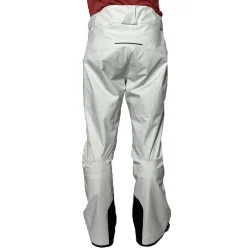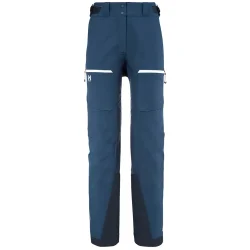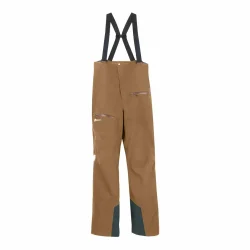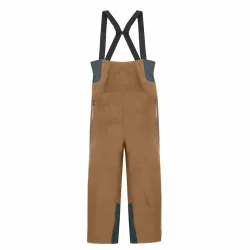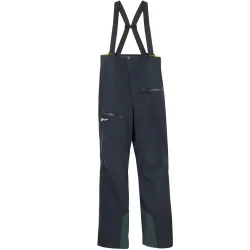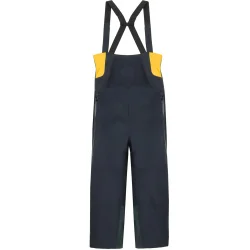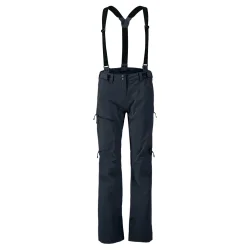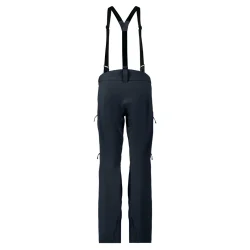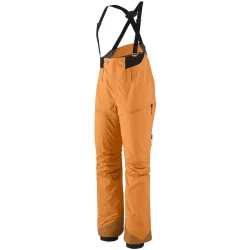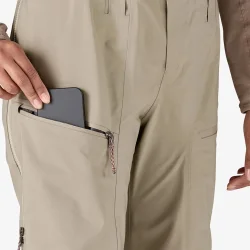What should you wear for ski touring?
How to Dress for Ski Touring? Ski touring requires significant effort during ascents, and your body will start producing heat within the first few minutes. It is therefore important to dress adequately to avoid sweating too much on the way up and getting cold on the way down!
Accessories, base layers, jackets, and ski touring pants, here are all our tips for dressing properly for ski touring ! These clothing layers should be breathable, which is why traditional alpine ski outfits with thermal lining are not recommended.
- Ski touring tops
- Technical underwear
- Second thermal layer
- Third protective layer
- Ski touring trousers
- Accessories: backpacks, gloves, helmets, goggles, etc.
1. Which Tops to Choose for Ski Touring?
Choosing layers for the upper body follows a simple principle: stack layers according to your needs for insulation, breathability, and protection.
Here’s how to organize your layers for ski touring :
- The Base Layer (next to the skin)
This layer is worn directly on the skin. It manages moisture and keeps you dry.
It is essential to choose a technical, lightweight, highly breathable, and quick-drying garment.
Opt for synthetic fibers, merino wool, or compression materials. Avoid cotton, as it retains moisture and cools the body.
MILLET Drynamic Warm
See the first layers
- The Second Layer
The second layer serves to insulate you from the cold. You can choose between a fleece, synthetic or natural down, or a lightweight puffer jacket. The goal is to add warmth without weighing you down. It is important that this layer is compact and easy to pack in your backpack when you get too warm.
Note: Again, avoid cotton, as it does not provide good insulation when wet.
ARC'TERYX Kyanite Veste W / interstellar
See the second layers
- The Third Layer
The ski touring jacket is the outer layer that protects you from the elements. Choose a waterproof and breathable jacket (2- or 3-layer laminate) without integrated thermal lining. It should protect you from wind, rain, and snow, while remaining breathable enough to allow sweat to escape.
Additional features such as a water-repellent material, windproof construction, and adjustable hood are valuable. This layer acts as a barrier against external conditions while maximizing the thermal efficiency of the inner layers.
See jackets
2. What technical underwear should you wear for ski touring?
Contrary to what many people think, cotton should be avoided in all sports activities. Cotton does not wick moisture; on the contrary, it traps it under your thermal layers. That is why it is recommended to use a technical synthetic or merino wool base layer, which are breathable fabrics.
Synthetic Base Layers
Synthetic base layers are lightweight, breathable, and non-itchy, making them comfortable even during intense activity. They play a crucial role in managing sweat, directing it outward to keep you dry. In addition to moisture management, these garments also provide muscle support, which can help improve recovery after exercise.
Some brands, like X-Bionic, stand out by offering products with breathable channels designed for sweat-prone areas, helping regulate heat and effort.
Merino Wool Base Layers
Merino wool is an excellent option for cold conditions due to its natural properties. It is antibacterial and odor-resistant, allowing extended use without unpleasant smells, even after a long day of ski touring. Depending on the fabric weight, it offers an excellent balance between warmth and breathability. Popular brands offering merino wool base layers include Icebreaker, AYAQ, and Kari Traa.
See technical underwear
3. Which Second Thermal Layer to Choose?
The second layer is essential to provide the necessary warmth during your descent. On the ascent, the base layer may be sufficient depending on the temperature, but a good second layer is crucial to regulate your body temperature and prevent getting too cold. It is important that this layer is breathable so that moisture does not get trapped.
- A Fleece
Fleece is a classic for hiking, but for ski touring, it is important to choose a lightweight and breathable version to avoid excessive sweating during effort. It should also be compressible so it can be easily packed into your backpack during the ascent. A fleece that is too bulky may become cumbersome once it is no longer needed.
Our tip: opt for a jacket with a zipper. This allows you to adjust your warmth by opening the jacket without having to remove it completely.
MILLET Fusion Grid Hoodie
See hiking fleeces
- Down Jacket (Synthetic or Natural)
Down is known for its high compressibility, a major advantage when you need to save space in your backpack. It is particularly suitable for cold conditions. Synthetic down is more breathable and easier to maintain, while natural down provides superior warmth. You can combine either type of down with a fleece for maximum warmth, especially on particularly cold days.
Examples of materials: Primaloft, Pertex, Thinsulate, Thermosoft
See the duvets
- A Softshell Jacket
The softshell jacket is an excellent option for dry days when you need protection from wind and cold. Not only is it breathable, but it is also windproof and water-repellent. It is a great choice for ski touring in dry conditions. The softshell jacket can also serve as an outer layer if conditions do not require protection from snow.
CMP Femme Veste Zip Hoody
See softshell jackets
4. Which Third Protective Layer?
This jacket will protect you from the elements. Examples include Gore-Tex, Dermizax, and Futurelight jackets. Its purpose is not to provide warmth, but to protect you from rain, snow, and wind. It also helps retain the heat provided by your second layer. You can think of it as a shell or protective armor.
On gray or windy days, you can wear your membrane jacket both on the ascent and the descent.
- The 3-Layer Jacket
The most common protective jacket is the 3-layer jacket (3L), which has a waterproof and breathable membrane sandwiched between the outer fabric and an inner layer. There are also 2-layer and 2.5-layer constructions (2L: outer fabric + membrane, 2.5L: outer fabric + membrane + protective inner mesh).
To properly maintain your membrane jacket, check out our guide. It will help preserve all the protective qualities of your jacket over time.
Finally, when choosing your protective jacket, pay attention to small details that make a difference:
-
Ventilation zippers that are easy to open when your body starts to overheat, so you don’t have to stop and remove your jacket.
-
Shoulder reinforcements to carry your ski touring backpack without damaging the jacket.
-
A hood, which provides more protection than a beanie or headband. It should be large enough to fit over your ski touring helmet for optimal protection.
-
Large front pockets to store energy bars, gloves, or other items. Pockets placed high on the jacket remain accessible even when wearing a backpack or harness.
See unlined jackets
- The Softshell Jacket
In good weather, you can also use a softshell jacket, which, thanks to its windproof properties, will protect you from the cold.
In Conclusion: How to Dress for Ski Touring?
- First layer: Provides support and comfort.
- Second layer: Mainly for warmth; you can double it (fleece + down) in extreme temperatures.
- Last layer: Waterproof and windproof.
It is important that all layers are breathable, allowing sweat to evaporate without that “wet towel” feeling.
Summary:
-
On the ascent: Wear your technical base layer and membrane if the weather is cool.
-
On the descent: You will need more warmth: technical base layer + fleece or down (or fleece + down) + membrane. Don’t worry about feeling cold when stepping out of the car. Once you start moving, you’ll warm up quickly and want to remove layers.
5. Your Ski Touring Pants
Again, the goal is not to overheat at the start of your outing. Unlike the upper body, multiple layers are usually avoided for ski touring pants. Thermal underwear is reserved for extreme conditions. One layer is sufficient, but which one?
- Softshell Pants
Softshell pants are perfectly suited for ski touring because their flexibility and lightness offer great freedom of movement while providing excellent breathability and wind protection. They are also more economical than pants with membranes.
They provide warmth, water-repellent and windproof protection, and are lightweight and breathable. You can double them with waterproof overpants packed in your backpack if needed.
These non-waterproof pants are recommended for outings without risk of rain or wet snow. They can also be used for mountain activities such as snowshoeing, hiking, or cross-country skiing. You can wear them in all seasons without combining them with thermal leggings.
MILLET Rutor Xcs Pantalon
See softshell hiking trousers
- Hardshell Pants
3-layer pants with an integrated membrane provide better external protection against moisture, wind, or in case of a fall on the descent! They generally compensate for lower breathability with ventilation openings.
These pants are unlined and can be paired with thermal underwear on colder days. They can also be used for alpine skiing.
SCOTT Vertic Ripstop 3 layer
See hardshell trousers
Useful Features of Your Pants
Ventilation zippers: Can be opened during the ascent, essential since you cannot remove your only layer as you can with the upper body.
-
Pre-shaped knees: Useful for difficult alpine passages and allow great freedom of movement.
-
Integrated gaiters and gussets: Ensure the pant legs fit perfectly over ski touring boots, which are usually narrower than alpine ski boots. Keeps snow and wind out!
-
Reinforced lower legs: Protect the pants from potential damage from ski edges or crampons.
6. Accessories for Ski Touring
You are already well-equipped, but you will see that some gear is far from just “accessories”!
On the ascent, ski touring gloves must be particularly flexible to allow a good grip on your poles and to perform certain maneuvers with your skins, crampons, or ice axe. Softshell gloves that are both flexible and breathable are preferred. For those sensitive to cold, it is possible to add a pair of liner gloves.
On the descent, it is recommended to take a second, warmer and more protective pair of gloves or a pair of mittens to wear over your ascent gloves.
- Neck gaiter
Lightweight and versatile, it is the best companion for ski tourers. A ski touring neck gaiter protects your throat but can also be used as a headband or face covering.
- Ski helmet
Don’t wait for your first scare to prioritize safety and equip yourself with a ski touring helmet ! Ski touring involves both mountain hazards (rockfalls, etc.) and freeride skiing risks (rocks, trees, hard-packed snow, etc.). Ski touring helmets are lighter and more breathable than alpine ski helmets. The helmet can be paired with a hat or balaclava for better thermal insulation.
MARKER Confidant Tour
See ski touring helmets
- Ski goggles and sunglasses
Sunglasses are perfect for the ascent; they protect you from the sun and offer good ventilation. For the descent, it’s better to switch to goggles that provide better protection and durability in case of a fall. Plus, you won’t risk losing them in the powder!

See ski goggles
See ski goggles
- The ski touring backpack
As you’ve understood from this guide, you will need to carry a good amount of ski touring equipment (in addition to a good snack!) to fully enjoy the ascent and descent in good conditions. So, you need a good backpack! We recommend a 20–30 liter pack for a day trip and over 30 liters for multi-day trips.
Unlike regular backpacks, a ski touring backpack is specifically designed for this purpose:
-
Interior compartments designed for shovel and probe. Your shovel won’t swing around with every movement, and you can access your probe immediately when needed!
-
Construction with durable fabric resistant to impacts (falls, branches…) and ski edge abrasion.
-
A side or front ski-carry system
-
External attachment systems for helmet, ice axe, or crampons
See backpacks
- The airbag backpack
The airbag backpack features a system that allows one or more balloons to inflate quickly, helping you stay on the surface of an avalanche and reducing the risk of burial. It naturally has a higher weight and cost, but it can be life-saving!
AVABAG ORTOVOX backpack



